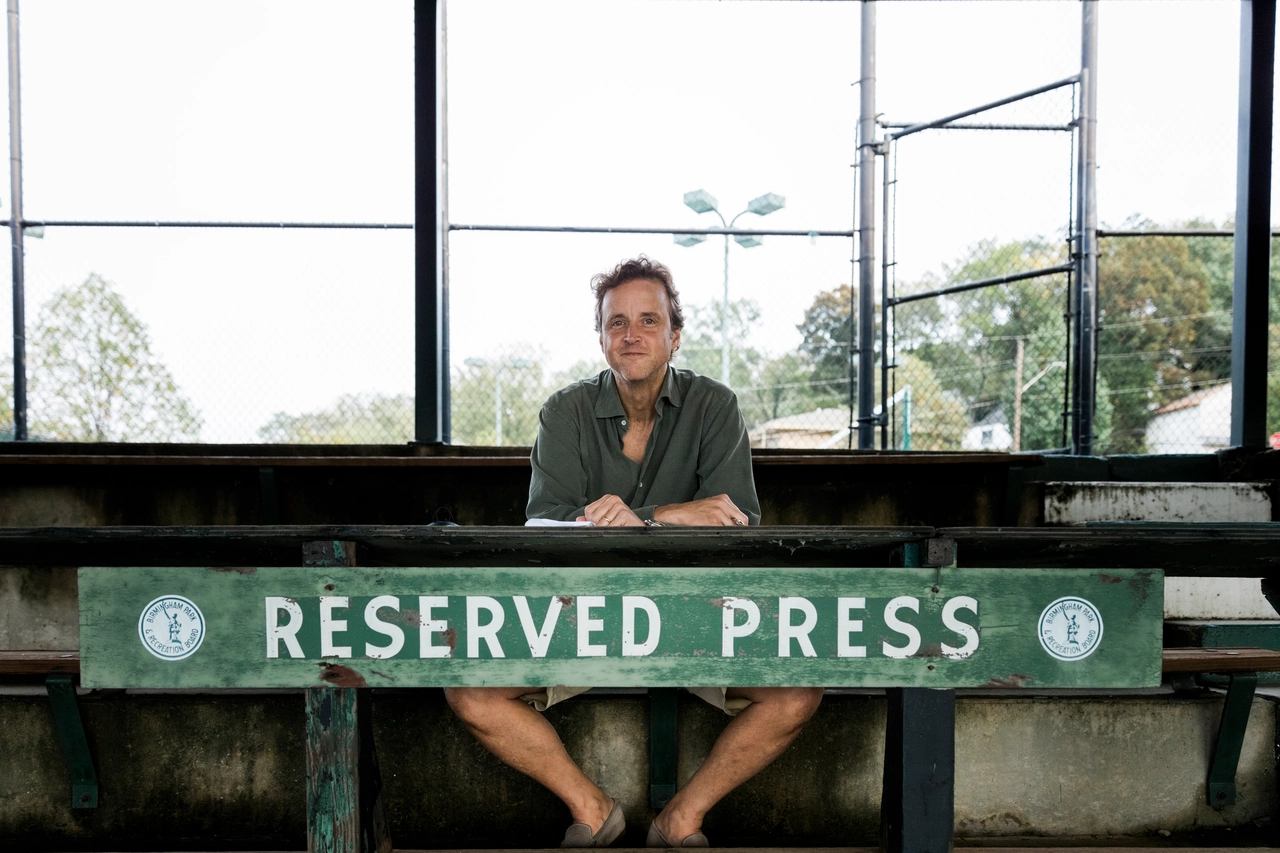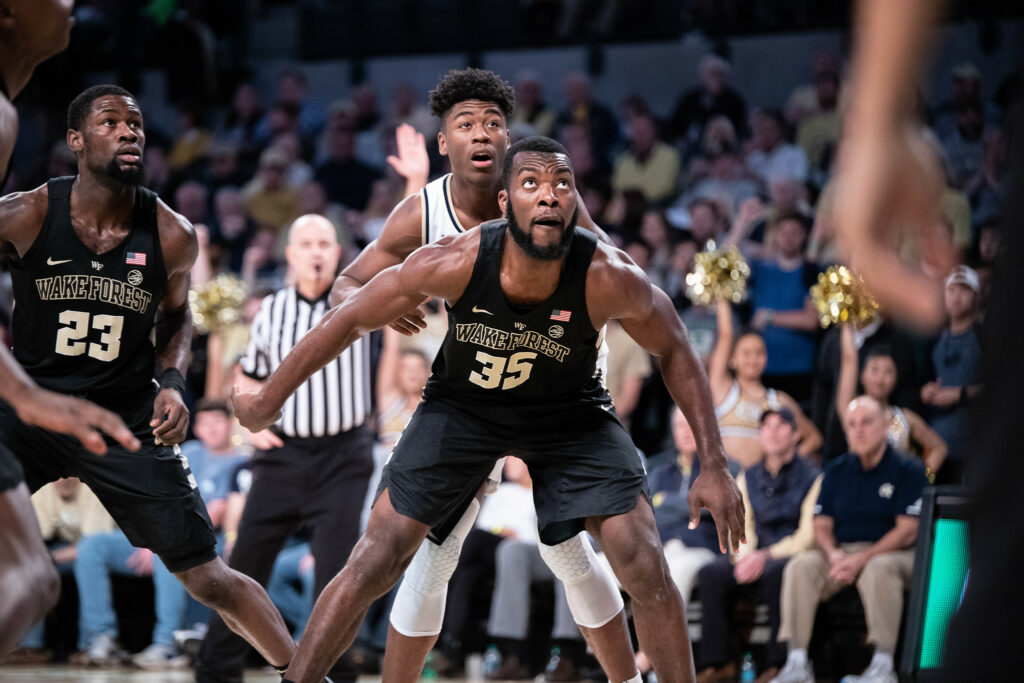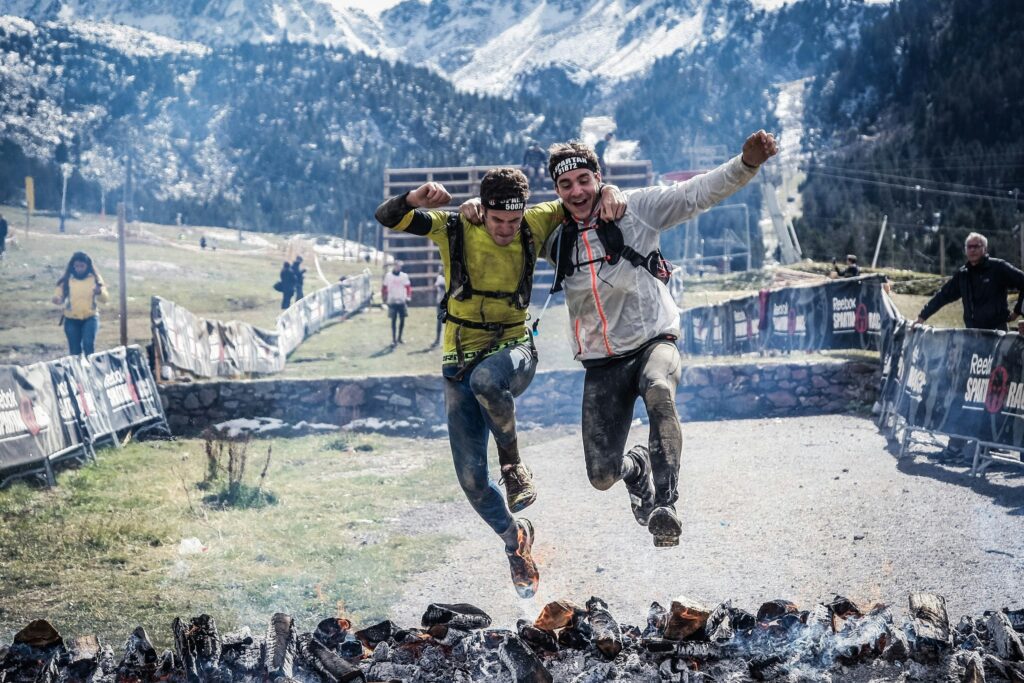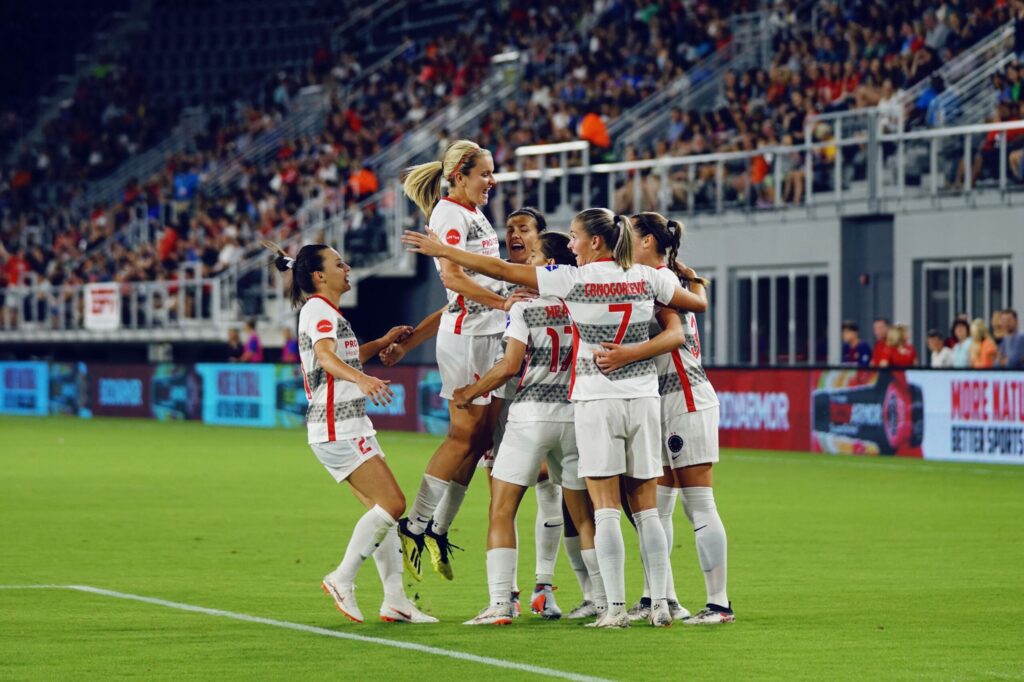New York Times tennis correspondent Christopher Clarey, author of the book, The MASTER: The Long Run and Beautiful Game of Roger Federer, tells the story of Federer’s life and career with insightful, personal, and remarkable finesse. He answered our questions about this extraordinary player.
SFL: What’s the most important contribution you believe Roger has made to tennis? To the world?
I think Federer was the first modern player who could hurt you from anywhere on the court. He takes the ball very early but can generate winners from all sorts of angles. And yet he also had the speed and skills to play world-class defense. It was a suffocating package, as Andre Agassi explains very well in the book. With Pete Sampras, you could go to the backhand and buy yourself some time, but with Federer, there was no safehaven.
I also think Federer’s success has saved the one-handed backhand for at least another generation in the men’s game and probably longer. You could argue that Stan Wawrinka’s one-hander was better and more penetrating. Dominic Thiem and Richard Gasquet have beautiful one-handers. But it was Federer’s style and success that inspired the likes of Stefanos Tsitsipas, Denis Shapovalov and Lorenzo Musetti to use the shot, and they use it very well. It is a part of the game well worth saving.
As for the world, Federer is not a social activist like some of today’s superstar athletes: Naomi Osaka & LeBron James. But he has shown the world for more than 20 years that it is possible to win and lose with class and to treat the people who cross your path with respect and empathy. That’s a valuable takeaway, and I do think his biggest contributions outside of tennis are yet to come. He intends to use his platform to grow his foundation and do much more work on early-childhood education in the developing world. I believe he will make a big impact.
SFL: How does he handle the pressure of being the greatest player in men’s tennis?
I don’t think you can say he is the greatest player in tennis at this stage. But you could certainly make that case earlier in his career before Djokovic and Nadal matched his Grand Slam record with their 20th major singles titles and before Djokovic passed Federer for the most weeks at No. 1. I think Federer has handled the pressure throughout his career by compartmentalizing and planning his downtime. In the book, I use the term “planned spontaneity”, which sounds like an oxymoron but is not in his case. He knows his schedule two years out and really switches off from the tour when he is away from it. That has become easier with four children, his wife Mirka and a gaggle of friends, but even earlier in his career, he tried to create distance by staying in hotels that were not associated with the tournament and by discovering the cities in which he played (not a common behavior among top tennis players). This has kept him mentally fresh.
SFL: What did you learn about Roger that surprised you the most?
The biggest revelation for me in reporting the book was how fragile Federer often was during the 1998 to 2003 period, which was the time before he took command of the men’s game. Many things were in flux from his behavior to his finances to his coaching situation. It could very easily have turned out differently. Sponsors were not convinced he was THE guy at this stage. Others were in the running and were landing better deals than Federer: people like Andy Roddick and Lleyton Hewitt. Federer could easily have been a fine player but not an all-time great. He could easily not have conquered his fiery, self-critical temperament and not found a way to bring out his best in the matches that mattered most. It took much more than phenomenal talent. It took smart decisions, quality people and also good fortune. I have a chapter in the book that focuses on the importance of luck in success. You make some of your own, of course, but as Federer’s story makes clear, there are times when you do just get lucky. Read the story about his Swiss ski trip if you get the chance.
SFL: What does Roger do differently than everyone else that makes so special?
In tennis terms, he has unbelievable court vision and phenomenal processing speed, which along with his flowing technique gives the impression that he has a bit more time than other players to reach shots and produce shots. Watching him in person often surprises people because they realize how fast he is. His smooth movement can – on television – disguise how much ground he is covering. In human terms, I think what sets him apart is his ability to be in the moment: to focus on the people and situation in front of him and truly engage despite living in this era of distraction. Many people from many different parts of his life commented on this as I reported the book. He is unusually curious about others for a superstar athlete, but he also gives himself the bandwidth to exercise that curiosity with careful planning and self-discipline. I think we can all learn from that.
Note: Christopher’s book is available in stores and through Amazon. The second part of our discussion will go behind the scenes to reveal how this book came to be along with the author’s favorite story about this legendary player.





